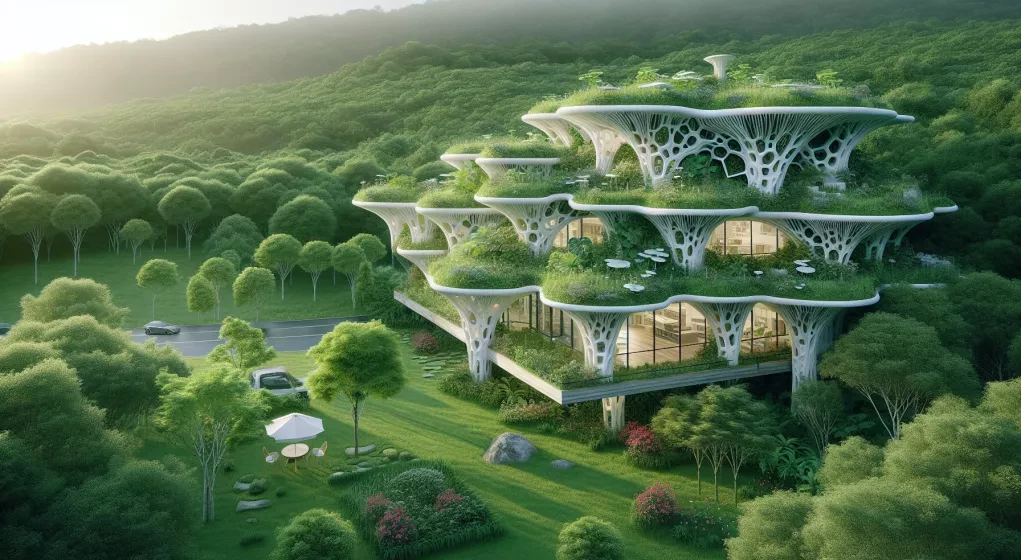Beneath the canopy of progress, an unexpected hero has emerged—taking the shape of fungi. In a stirring twist of ecological innovation, scientists have harnessed the unassuming power of mushrooms to pioneer a breakthrough in construction technology that promises to revolutionize our approach to building sustainable homes.
In the realm of architectural fantasy, once imagined only in the speculative minds of eco-visionaries, these homes are no mere structures; they are living organisms. Envision walls that breathe, self-repairing facades, and surfaces that sprout from the earth itself—a testament to the ingenuity that lies at the intersection of nature and human craftsmanship.
The marvel of this approach lies in its simplicity. Mycelium, the vegetative part of a fungus, thrives by converting organic matter into sturdy, lightweight, and naturally insulating material. Under controlled conditions, this biological chisel sculpts the very foundations of habitat, ushering in an era marked by an ambient truce between our concrete demands and the gentle cadences of the natural world.
Through this dance of cultivation, walls are inoculated with spores, burgeoning into fully-formed sections that rival their traditional counterparts in strength and versatility, all while leaving a negligible carbon footprint. A dwelling born from this method doesn’t merely stand; it grows, it breathes, it participates in the cyclical choreography of life and decay, and in its decomposition, offers itself back to the soil from whence it came.
Engineering such homes is a herald of the circular economy in architecture—where the life cycle of materials becomes as important as their initial utility. This ecological symbiosis between human shelter and earthly co-inhabitant poses an inviting question, a whisper through the leaves: What if the future of construction lay not in the quarrying of ancient stone or the processing of timber, but in the cultivation of living ecosystems?
This is no longer the domain of daydreams. Researchers and forward-thinking entrepreneurs across the globe have taken heed, sowing the seeds of change in urban landscapes. Mushroom-made constructions are sprouting—testaments to the growing appetite for solutions that are not only sustainable but restorative, carving out a space where habitats heal, rather than harm, their surroundings.
Witnessing the rise of these fungal-forged domiciles, we stand on the cusp of an architectural symbiosis, where the homes of tomorrow will breathe alongside us, as allies of the earth. In a world choking on the fumes of industrial voracity, the adoption of this living technology is more than an act of preservation—it is an act of poetic resistance, a bold stride into a future where our homes are as alive as the forests that inspire them.






